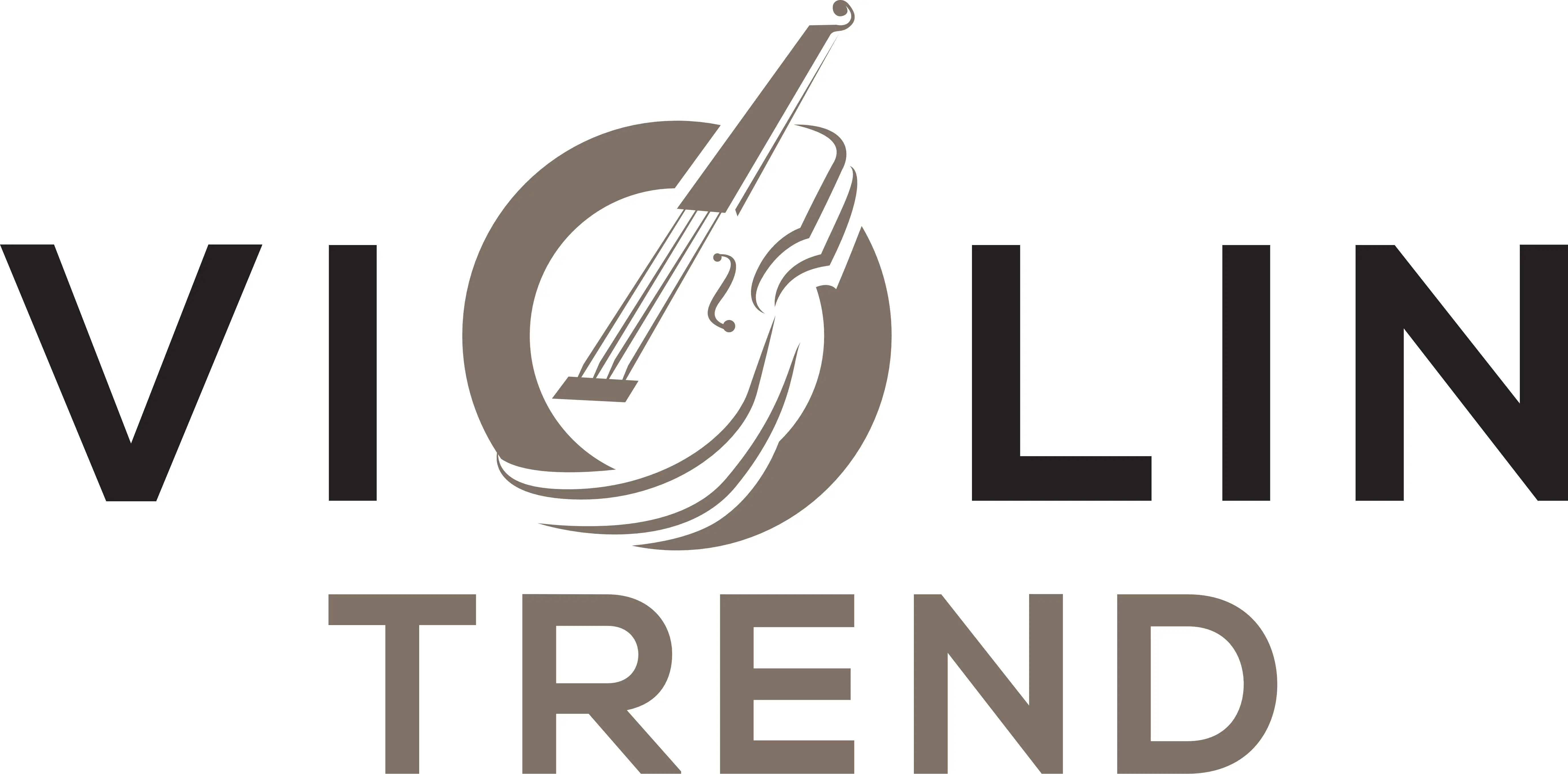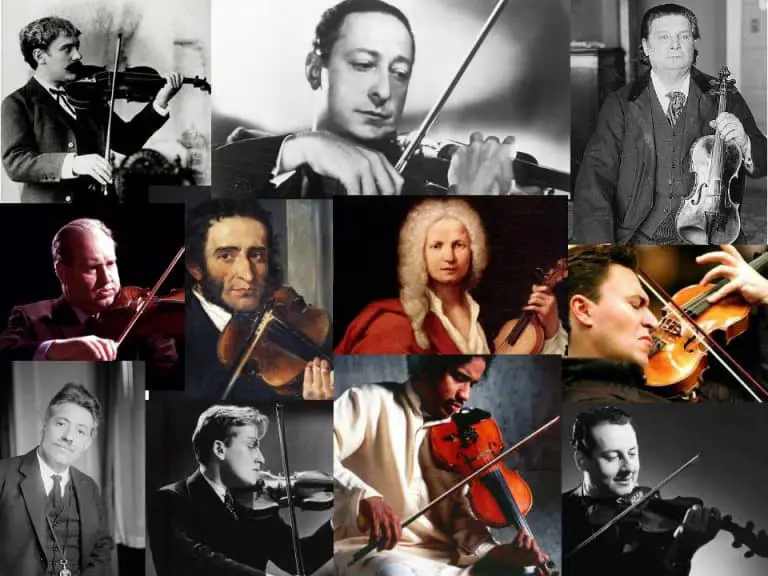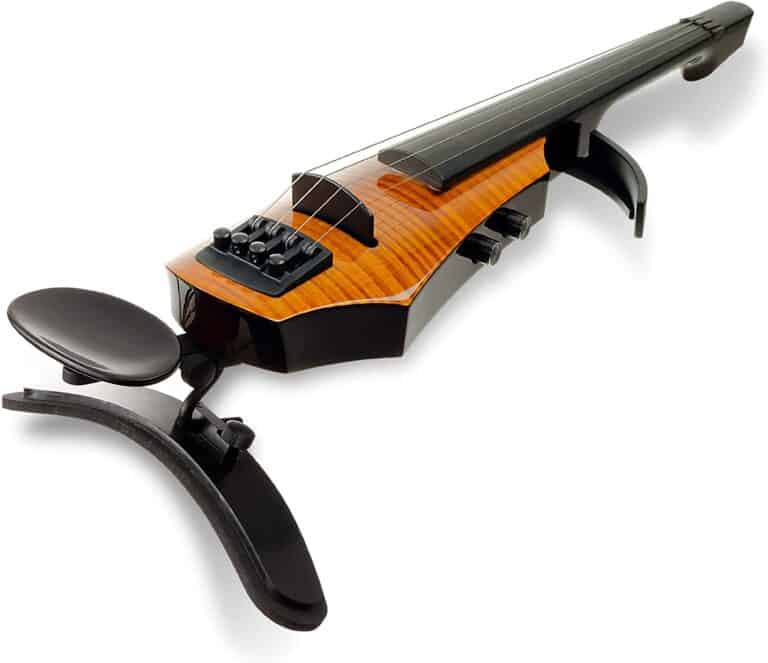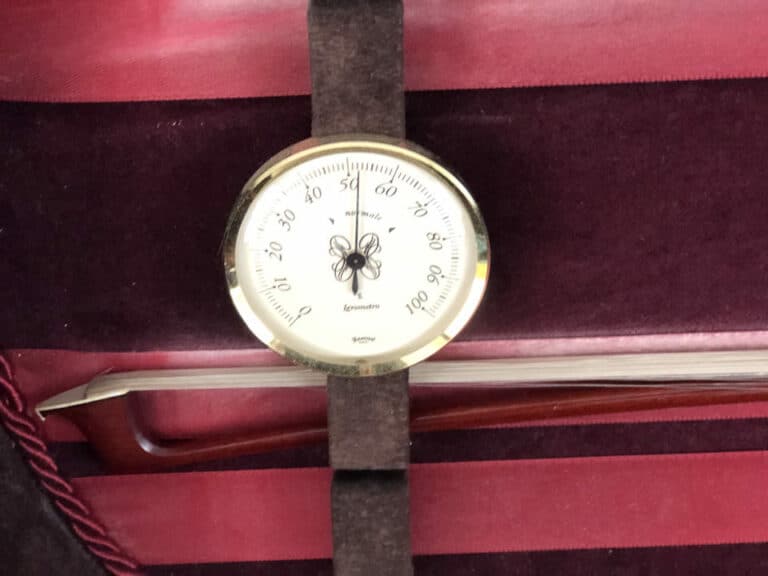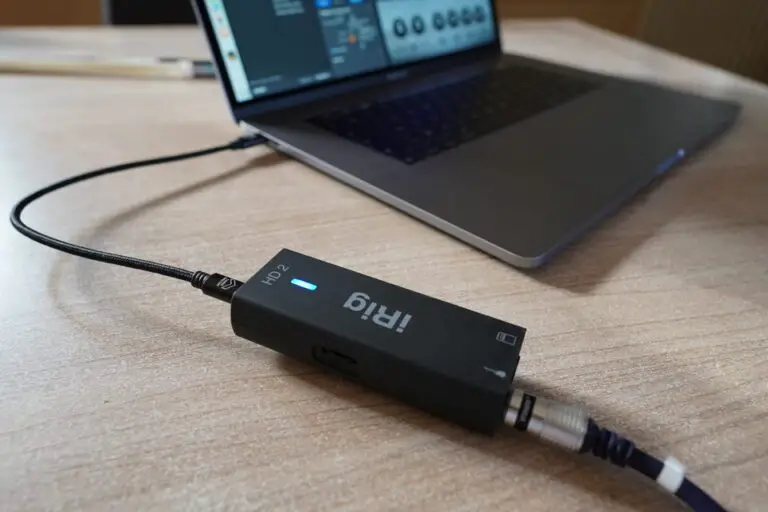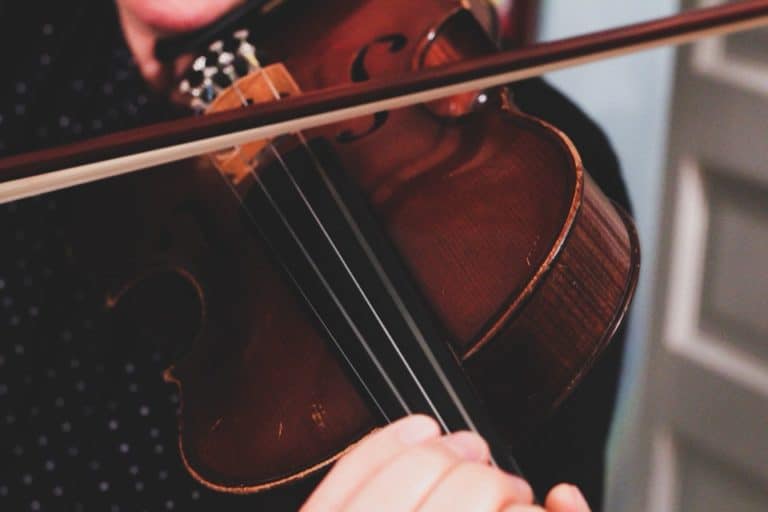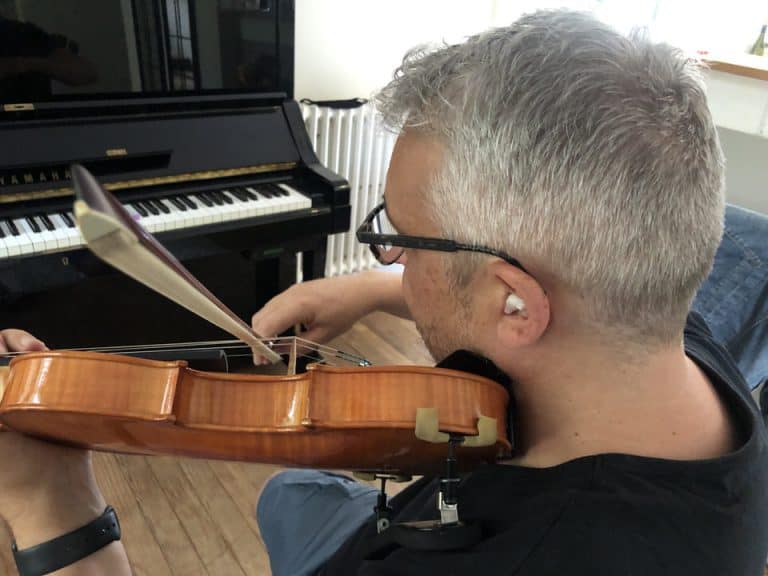Is Playing the Violin Incredibly Harder than the Piano?
It is often said that playing the violin is harder than playing the piano. This is a crucial question when a kid starts to learn an instrument. Parents want to give the best chance to succeed. There are a lot of children who learn both the violin and the piano at any classical conservatory up to the point that there can be a waiting list.
Is playing the violin harder than the piano?
Technically, producing a good sound on the violin is far more challenging. It is also far tougher to play in tune on the violin than on the piano. The piano makes it easier to play the tune music on it. But when it comes to music, both are complex instruments because learning music is a lifelong journey.
Let’s see how the violin differs from the piano and what kind of difficulties await the kid who chooses to play the violin. Different characters choose different instruments. Let’s see which one is for you.
Is the piano that easy to play?
You just have to press a key, and the sound of the piano is there, in tune, well-defined, and with a good tone.
For that result, you need one year of practice as a violinist or even more.
You just have to press two keys simultaneously on the piano and there you have a nice chord, in tune, well-defined, and with a pleasant tone.
For that again, you need an additional year or two of hard work to get the same result on the violin.
So that’s it, right? Well, let’s understand why the violin has a steeper curve at the beginning and if playing the piano is just that easy.
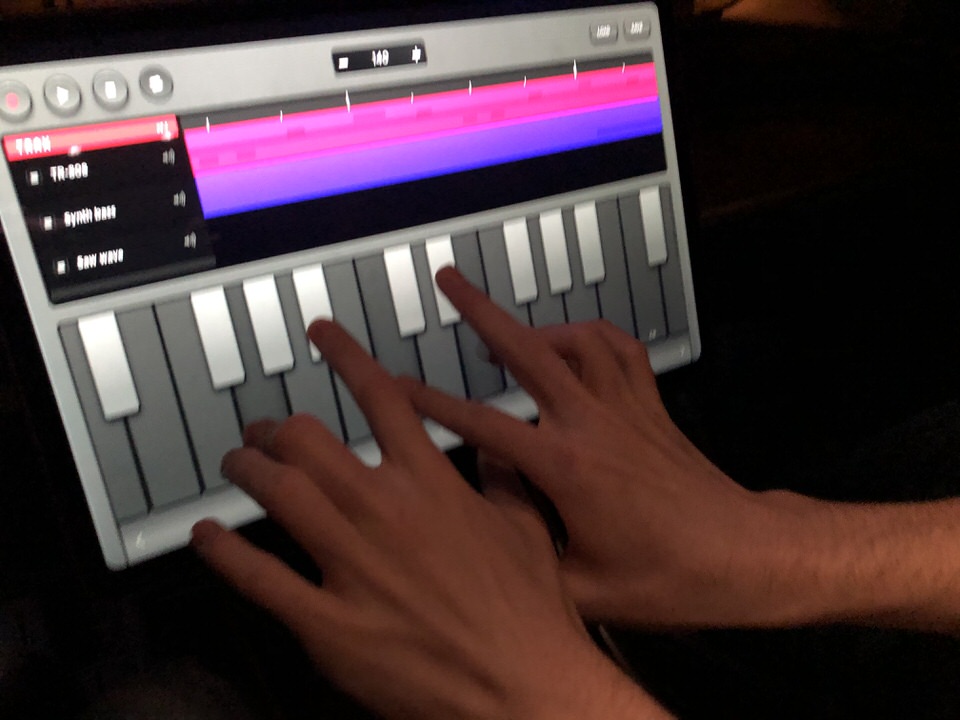
Right-hand technique: Violin vs Piano
The piano is designed to produce sound by itself. It has many strings and a system of keys. These keys are waiting for your input. You press a key, and that system produces a sound. The sound is there, awaiting you. It is that automatic. Yet, a good pianist will get a better sound; but that is not the purpose of this post.
In the case of the violin, there are many parameters crucial to making a sound at all, let alone a good sound.
The violinist, as a pilot in a plane, has to check and correct all these parameters at all times.
The right arm produces the sound. If this simple gesture is not mastered, the sound is bad, like a crying cat, as many people say.
The sound is produced by mastering three different aspects of the right arm:
- Pressure (or even more, contact) of the bow on the string,
- Speed of the bow,
- Point of contact of the bow and the string.
Each element depends on the other.
If the pressure is too heavy, the sound is terrible; the violin creaks, grates, squeaks, grinds, etc…
If the pressure is too light, the sound vanishes.
If the bow is too close to the bridge, the sound squeaks…
And so on. I explain in that long article what it takes to have a good sound on the violin.
But all three previous elements must be mastered to produce a single note with a good tone. Special exercises or scales must be practiced to know how to build a sound. That was pressing a key on the piano, remember?
So no, your kid won’t be able to play Twinkle Twinkle Little Star for the family on the first week of learning.
Left-hand technique: violin vs piano
- Intonation
The left hand, on the other way, has its own challenges. We’ve already said that the piano is in tune (if well tuned beforehand, that is to say).
It is the left hand of the violinist that makes the intonation.
The intonation is the ability for a note to be in tune, not too high, not too low.
The violin has no frets or keys; the board is smooth. It is where the violinist puts his or her finger to stop the string that gives the note’s pitch. The note is out of tune if the finger is placed slightly higher or lower (a millimeter is enough). How can a violinist play in tune, then?
By practicing a lot, gaining muscle memory and reflexes, and correcting instantly with the help of the ear. There are many hours of scales to be made before a violinist can play in tune.
And many people say that a violinist will never play really in tune…
The scales will make a hand structure and help replace frets. Frets, for a violinist, are in the mind. - A regularly shrinking fingerboard
Not only does a violinist have to overcome the absence of frets or keys, but the room he or she has to fit a finger proportionally shrinks or tapers the more the note is high…
This leaves little room to put the fingertip. And this is something more to experience and learn. - Double stops
Playing more than one note simultaneously is difficult on the violin. That is why the violin is considered a monodic instrument (an instrument that plays a single voice). That is why pieces with chords and double stops on the violin are considered difficult up to virtuosic.
On the other hand, playing a chord is essential on the piano and is learned early.
Playing both hands at the same time on the violin vs on the piano
Now, some say it is challenging to play two hands simultaneously on the piano. That is for sure something tricky to learn. But let’s not forget that on the violin as well the two hands have to move at the same time to do different tasks. One has to produce the sound, the other one has to stop the strings. And the more you progress on the violin, the more you will have to play several voices simultaneously. So I don’t think this is a difficulty that learning the piano has that learning the violin hasn’t.
Different styles of music: what can be easily played on the violin vs on the piano to start?
Ok, the learning curve is steeper for the violin, nobody will deny that. But what now?
When the technique is gradually mastered, now comes the music. And that is the actual subject. No matter how long we study, learn, and play, music is never really got. And playing the piano leads to learning, reading, and playing masterpieces that have lived through centuries. A lifelong career won’t be enough to understand, play, share, and learn anything, whether on the violin or the piano.
It all comes down to your expectations. What are they?
To play pop music with simple chords, while singing along, the piano is of course preferable. It is also easier to learn little tunes fast.
It is possible to start the violin to play folk music, pop or bluegrass for example. The technical requirements, though exciting and rich, will be less intimidating than playing through Paganini the first time.
If you or your kid want to learn classical music, with a steeper start, I think we can safely say that both instruments are equally complex in the end.
Classical or pop music can lead to different choices depending on your expectations.
Should my kid choose the violin or the piano?
It comes down to a matter of character.
Can your kid delay gratification? Can he or she wait for a result while trying or working on it?
Let’s see what temperament or personality fits with the violin or the piano.
If your kid cannot wait and wants everything NOW, then make no mistake, the violin is not the right choice.
On the opposite, if your kid can picture himself or herself one day playing the violin and is happy today just holding an instrument, then his or her chances to succeed will be high. (I mean chances to succeed in learning and not necessarily in a musical career).
This might sound a bit cliché, but there are two distinct types of personalities. If your kid has a more logical mind and loves mathematics and certain types of games, then the piano with its harmonic structure (maybe the left side of the brain) will be a better choice.
For a more sensitive and expressive mind, maybe the violin is a better fit. Let’s not forget the monodic nature of the violin, on which melodic lines are often played rather than accompaniments, chords, and harmonies. If your kid loves to sing, then this is the essence of the violin\
But it isn’t easy to make a choice and categorizing things like that leads to clichés. Of course, a great piano player needs both sides of his or her brain and needs to learn the multiple monodic lines that make music. A violinist needs to understand harmony to play his or her instrument and master for example Bach’s Sonatas and Partitas.
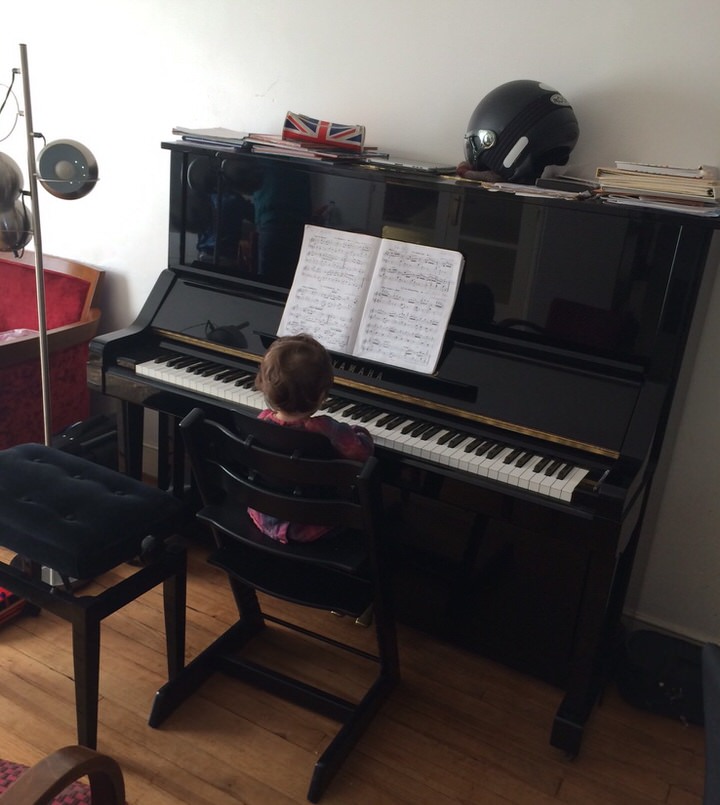
My advice for your kid: violin or piano?
Let’s see how to find out which instrument is good for your kids.
Yes, the violin is more complex than the piano, especially at the beginning. But to choose your kid’s instrument, you should consider:
- What types of music do you intend to play?
- What temperament do you have?
- Logical mind that can’t delay gratification -> piano
- Sensitive character loves to dream, can be patient -> violin
- An analytical mind that can wait for a result -> both instruments
- Classical music, early age -> violin
- Pop music who wants to play in public soon -> piano
So an important role is given to the fact that a kid (or you) can or cannot wait. Starting the violin and expecting a quick result isn’t very sensible.
Another important thing to consider is what music is played at home. If rock and pop music is the main choice, then the violin is not the main match, even though it is possible to play those kinds of music on such an instrument. Classical is maybe a better match for a violin. Well, this is my two cents.
Now, if your kid hesitates with the guitar, here is where I weighed the pros and cons of each instrument.
